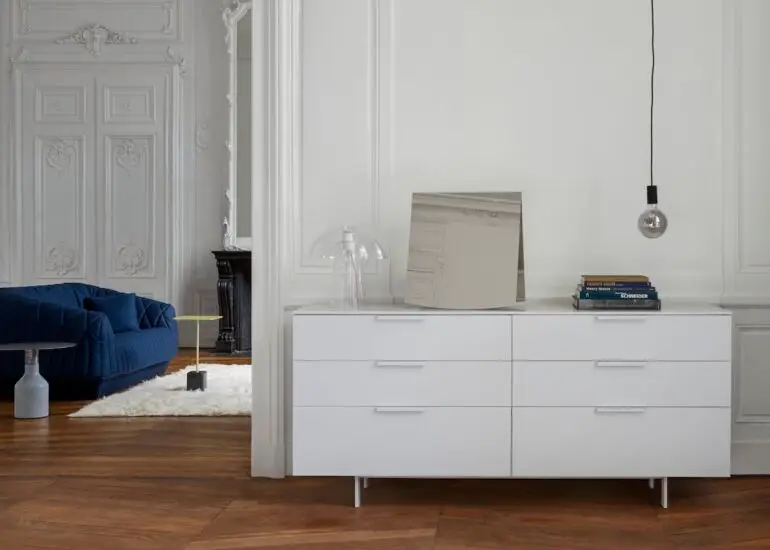When industrial designer Christian Werner sat down to design a sofa for the French furniture company Ligne Roset, he didn’t think about how to create something trendy, or make something similar to other furniture. Instead, he sat down and figured out how to rework the entire concept of a couch, and the result was the Prado sofa; an unconventional couch which has no fixed back or sides. This design would go on to become and enduring best-seller for the brand.
Werner is a Hamburg-based designer who founded his own product design and interior architecture agency in 1992. While he has worked with notable companies across the design world, one of his longest running partnerships has been with Ligne Roset, a family-run French furniture company that has been around since 1860.
We caught up with Werner at Ligne Roset’s San Francisco design district location to learn more about his approach to design and his partnership with the company.
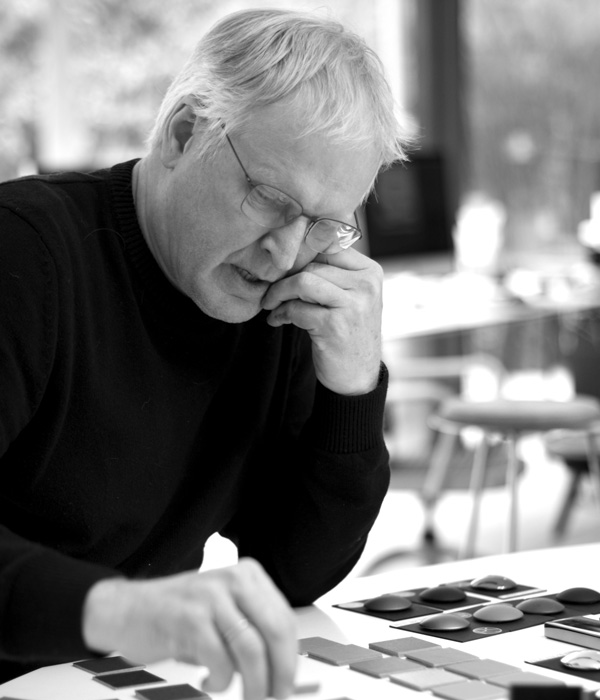
Tell me about what you’re celebrating with Ligne Roset at the moment.
It is the 30th anniversary of our collaboration, though we have known each other for longer. My first product with Ligne Roset was as a freelance designer, launched in 1994. It was a chair called Libra (now available in a newer version, the Libra 2). It was quite a big success; it was a best selling chair for the company for eight years. When you start a new collaboration and it’s a success right away, that helps.
It is also the second anniversary of the Everywhere cabinet. I designed that 25 years ago. These little cabinets were in white, with a silver metal plate or a wooden top. My original idea was to bring it as far back as possible, to make it not the main player in a residential environment. Everybody needs space to stow away some stuff, but you don’t want to have in your private room a cabinet that permanently yells: “Hi. Look at me. Am I not beautiful?” I think the first 15 years it was just white, and then we added gray — a very German color. Over the years, we started to do more daring colors. There was a mustard color, then we added a very dark blue black, which is still in the collection. Now, there are 12 different colors that you can mix and match however you want. You really can play.
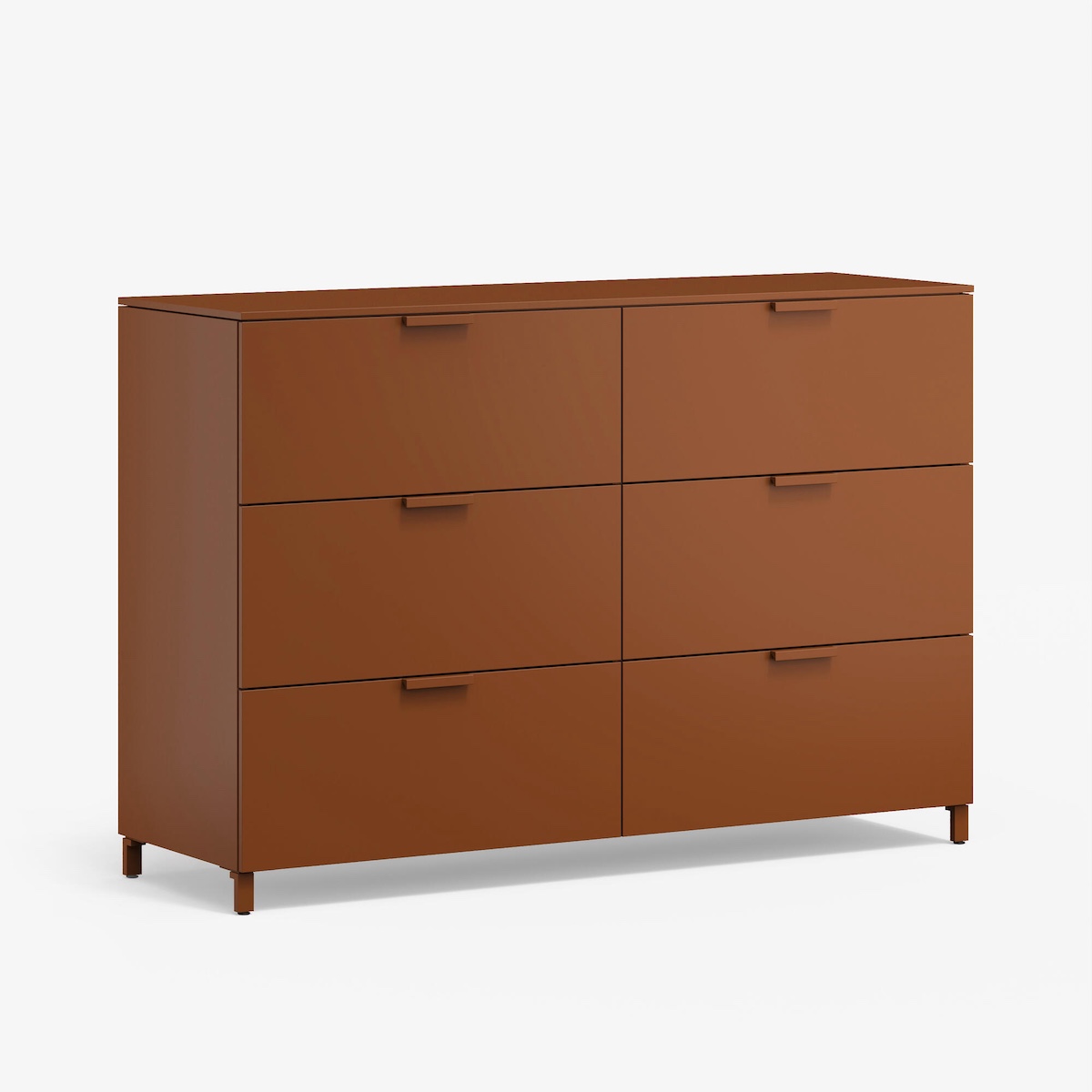
Do you think it’s the adaptability and the flexibility of design that has helped make the Everywhere series successful?
It is a perfect example of the evolutionary development of a product over 25 years. It’s really successful in the market, it’s still the number one seller in cabinet furniture for Lignet Roset. And to achieve this over 25 years, you have to be very, very careful to not overdo it, rather you take a little bit of care with your babies.
The original idea was to have a range of different cabinets with different sizes so you can combine them and line them up as you need. The basic idea was for me to have this first drawer. All elements had this first, this as the base. And it builds up and you can put many different elements together, because they are held together aesthetically by this lowest drawer.
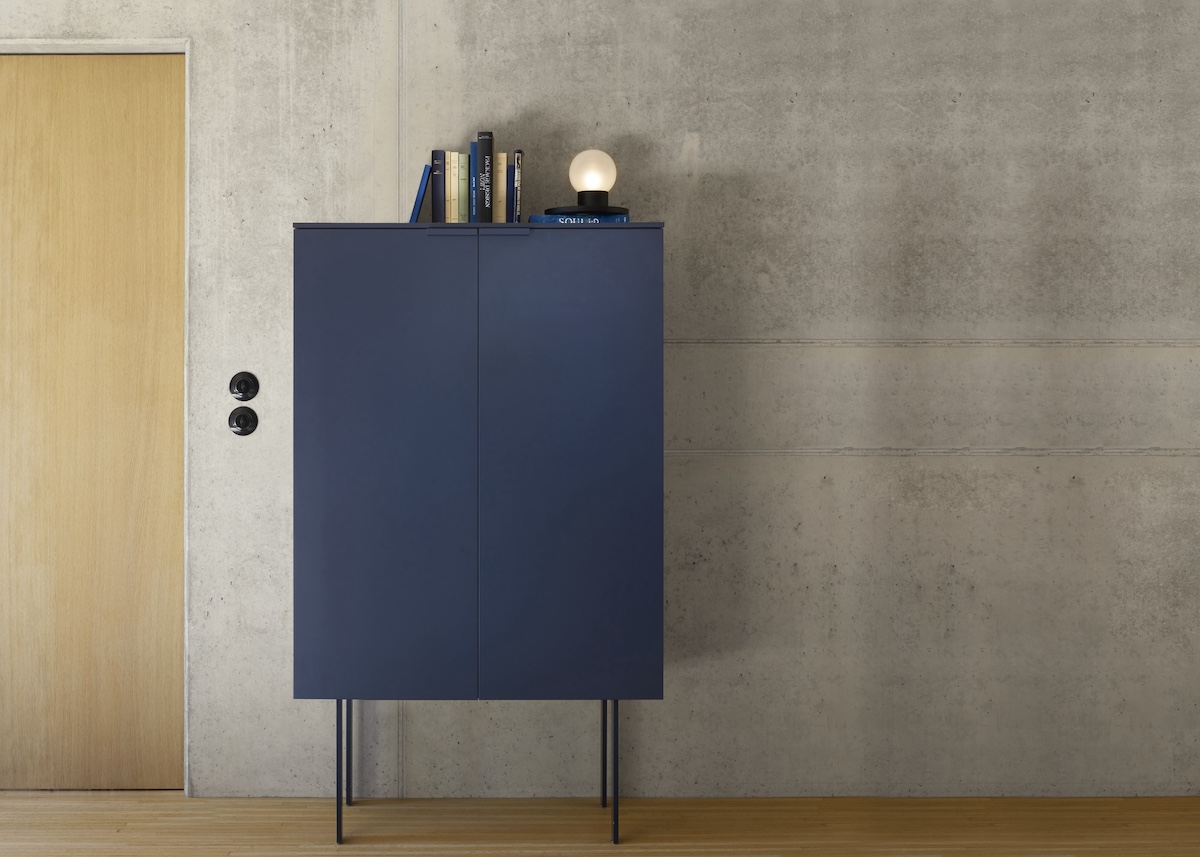
The Everywhere cabinet.
Is it unusual to get to work on a project like this to where you get to keep working with one piece of furniture for so many years?
You don’t change your winning team. You don’t take something out of the collection as long as it’s selling. Because with all aesthetics, and all lifestyle items, this is a commercial thing. We need to make a living from it.
I am not an artist. I am a designer. An artist builds up his own rules. I am dependent on material functionality, machining processes. And this is why I try to find my orientation to develop things that give people a good time. I have the joy of giving people something to make them happy; in the end, that’s it. I’m not saving lives. I don’t feed people. But what we are doing is not transient, it has longevity.
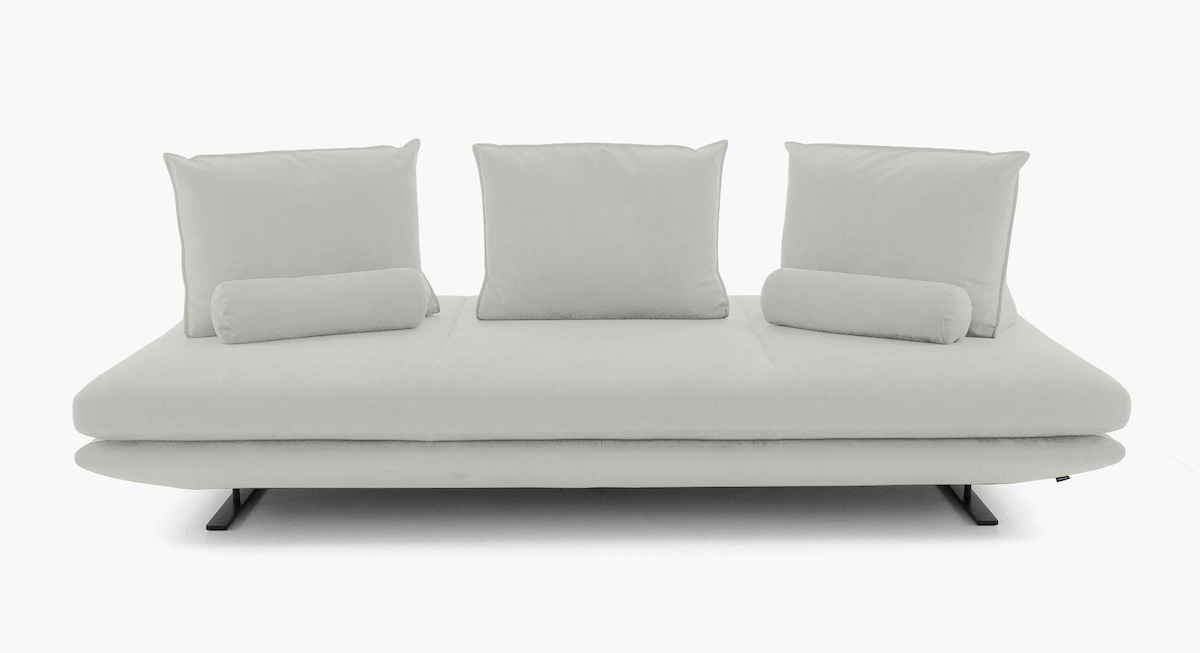
How does your design process work?
I have a clear memory of the evening when I was designing the Prado sofa. I have my studio in the house because I know I would not drive an hour to an office in the evening. So I go to my studio with a nice glass of French red wine, turn on some nice music; this is my most creative time.
I started reflecting on how do I want to sit? Because I always had a problem with the classical sofa. It’s like a mattress, and you build a wall on the back and on the sides. I imagine you’re sitting there in one row with your family, watching TV or a football game or something. I think this is so uncommunicative and so technical; it’s not sensual.
And then I drew. I don’t design anything on the computer, I’m still drawing with a pen. And in these drawings, this wall as I call it was getting lower and lower. Until I thought: how do you want to use the cushions? Now I took the wall completely away, so it was like a bed. And then I started to think about how to place cushions and I thought, oh, this is a nice idea. You can rearrange it whenever, every day.
I had a dream to make a little movie for the sofa. I would have a white sofa in a black room. A family would come and go from both sides, while the sofa is permanent. Grandpa is lying there in the morning with a coffee while reading the paper. The mother is there, feeding her children. There’s a fight between her and the man, but then there’s a reunion. It’s this idea of transport, the idea of how to use this sofa as an island, freestanding in the middle of the room and not by the wall. It invites you to live with it and put your influence on it; it creates an open palette for people to live how they want to live.
This is the biggest achievement we can make as designers is for people to adapt to the things we design, that they assimilate so that this industrial product becomes a personal object. Sometimes it’s your favorite jeans, or it’s an old lamp. We all transform an industrial product into something that is a personal thing.
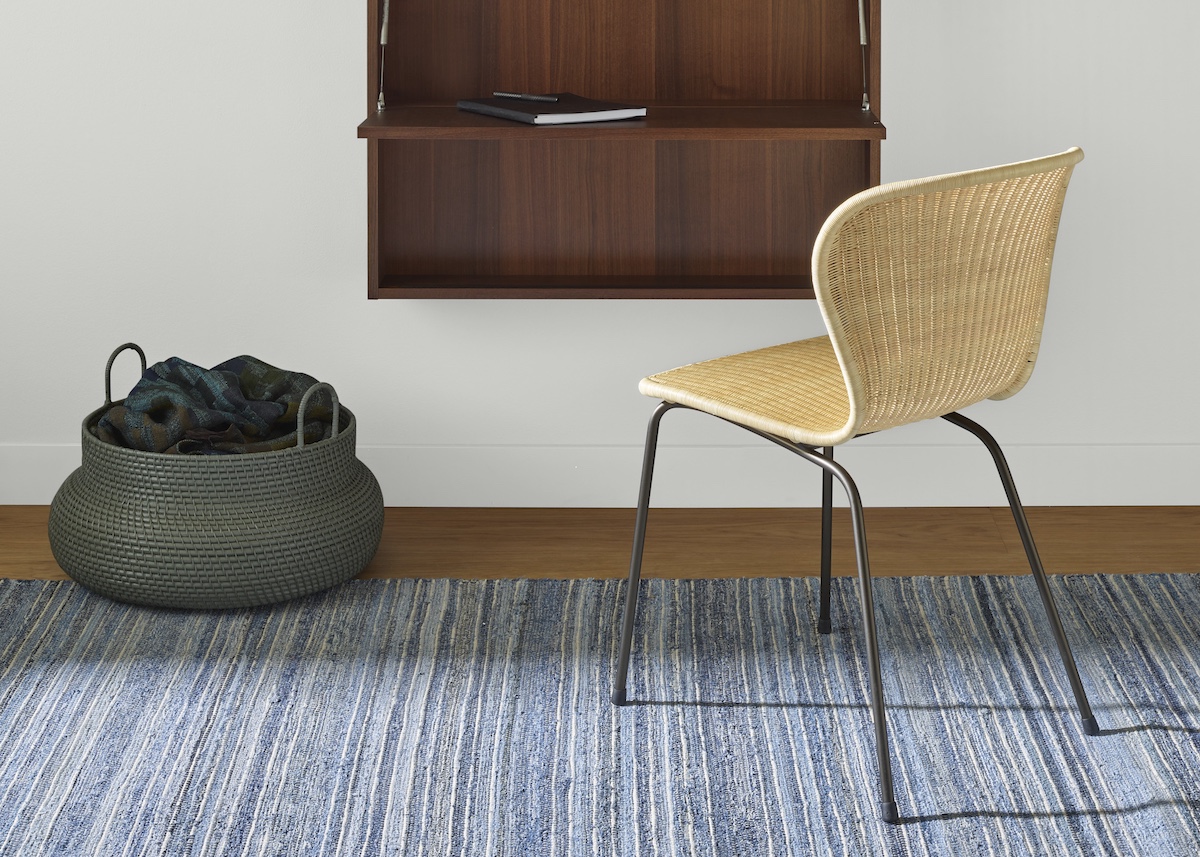
What do you think about the importance of sustainability in design?
People talk a lot recently about sustainability. I cannot hear about it anymore. For me, it’s so natural, it’s a matter of course. I never was a designer for fancy, short-termed loud, screaming designs. I think sustainability starts with the design.
I love to reflect on the question: how do we want to live? What’s developing, what’s happening? I think if you’re not able to question habits, you will not be a good designer. The best example is a smartphone. I remember the Nokias that were everywhere not so long ago. We took those for granted, it was natural and you nobody questioned that until one person comes up and says “no, let’s do something different.” You can also apply that to aesthetics.
For me it comes down to a natural approach to design. I’m not really following fashions – but also, fashion in our business is not a demon. We cannot really skip it. I’m an interpreter of my time: I’m trying to find answers for the feelings of the people in, in their time, in our time.
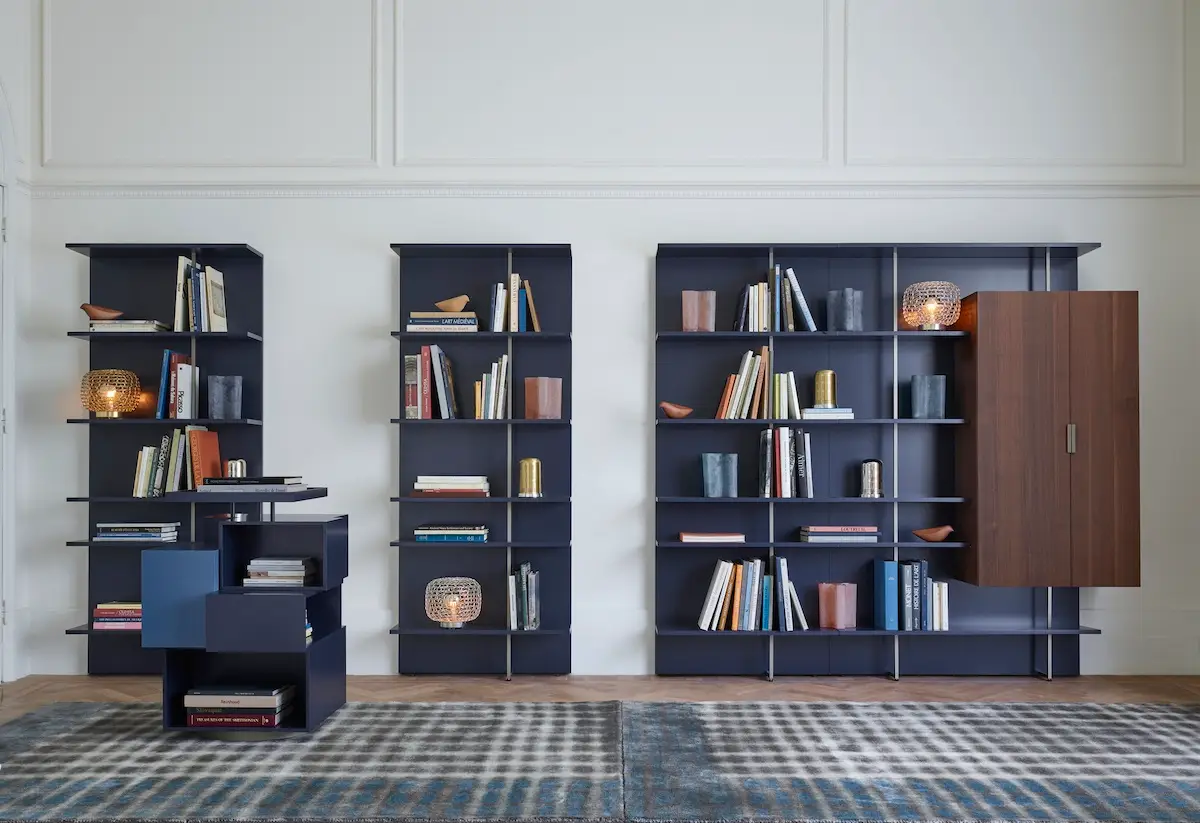
Is there an era that inspired your design? Were you influenced by mid-century modern design?
I’m addicted to a certain modernism. I would say I’m not a historical or eclectic person, but maybe I have a different vocabulary of forms. But the question of where the inspiration is from, I cannot answer that. If inspiration is a place I would move there instantly. Inspiration is wherever you are able and willing to perceive it. It can be anything.
We have had this global concentration on storytelling now. I am a little bit different; I’m an old man. I come from a time where it was exactly the opposite. When it was like a law that the designer had to stay behind his design and not make a show.
One of the first times I visited the Salone del Mobile Milan fair, I saw a very young guy who was completely crazy. He had all these TV sets, and all four corners with his hair pointed like little horns and he was preaching to us about the cosmos. I said, wow, who’s that? It was Philippe Starck. You turn him on and then the tape goes. He’s doing his show and you know what’s coming, it’s expected, and it’s always really funny.
But I’m different. That is not in my character. I do my work. Some ladies came up to me and said, oh, I have your stuff at home, and they were so excited to meet the designer of their furniture. And for me, it was a little bit too much, too many compliments.
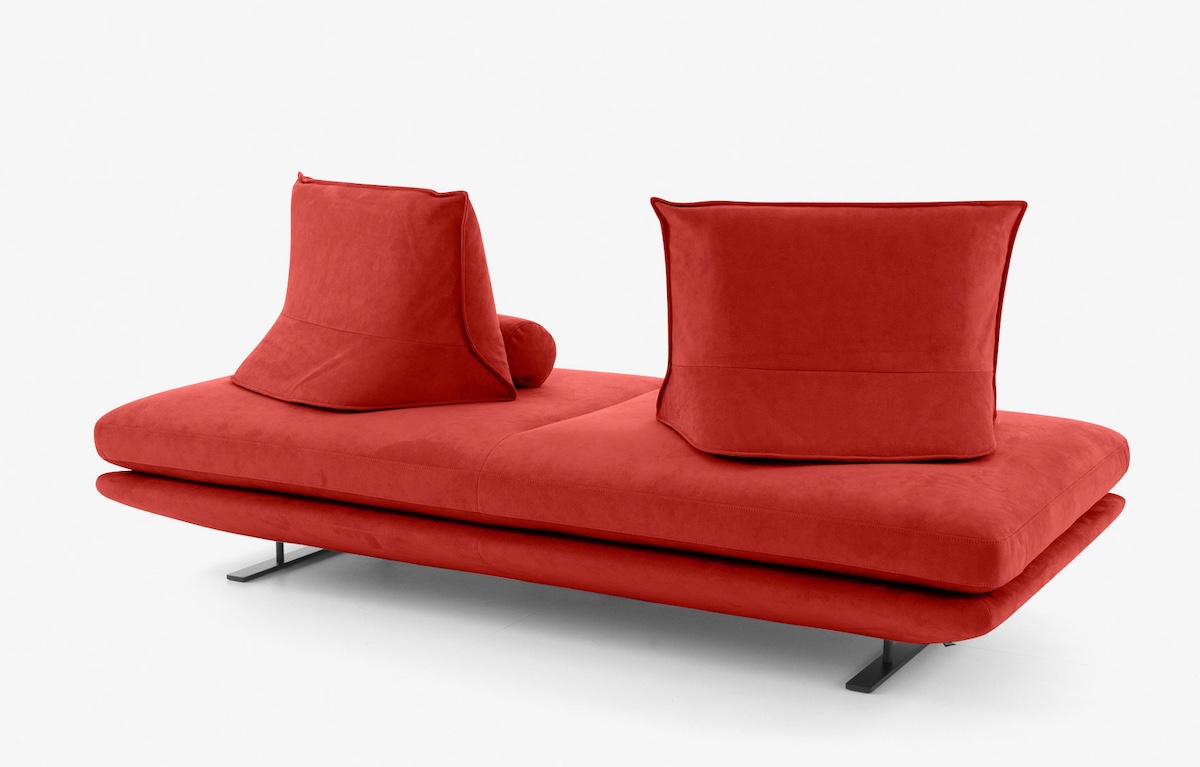
When you’re designing, do you think you’re coming from a European standpoint, or a more global context?
To be honest I don’t think about that — it might sound a little bit arrogant, but I just follow my ideas and opinions. But, I think these might be a little bit global. We all read magazines from around the world, we have Instagram, we have YouTube and Netflix. I don’t have any access to the everyday feeling of a Japanese person, for example.
But I had a very, very interesting experience. I was invited by Michel Roset to the Tokyo design show in October 2019. The Japanese love the Prado sofa. It’s a big success in Japan. Then it clicked — of course, it’s just like a lifted tatami. It is actually so Japanese!

Has the fact that Ligne Roset is family-owned for many generations contributed to your collaboration?
I like the fact that this is a completely family-run private owned company. There are management driven companies that calculate only for success. Of course, family-run companies do that too, but in a very personal way. The people behind the company who do it because they cannot do anything else. They love what they do and they’re doing it for themselves. I’ve been working for companies where they say: “No, no, you cannot. I don’t know if that can sell. Let’s stay in the middle of the road.” This is not a guarantee for success.
Ligne Roset has been owned by five generations of the Roset family. When I first met them 35 years ago, Michel Roset was a young guy. It makes me proud to work for a company so long and you cannot do that, despite all successes, if there is not a certain amount of synergy. It’s really a collaboration. It’s not just a one-off, you create a product and people buy it. You don’t stay with a company if it doesn’t work in a really collaborative way. In the end it’s always about people. For me, the older I get, the more important that gets.
